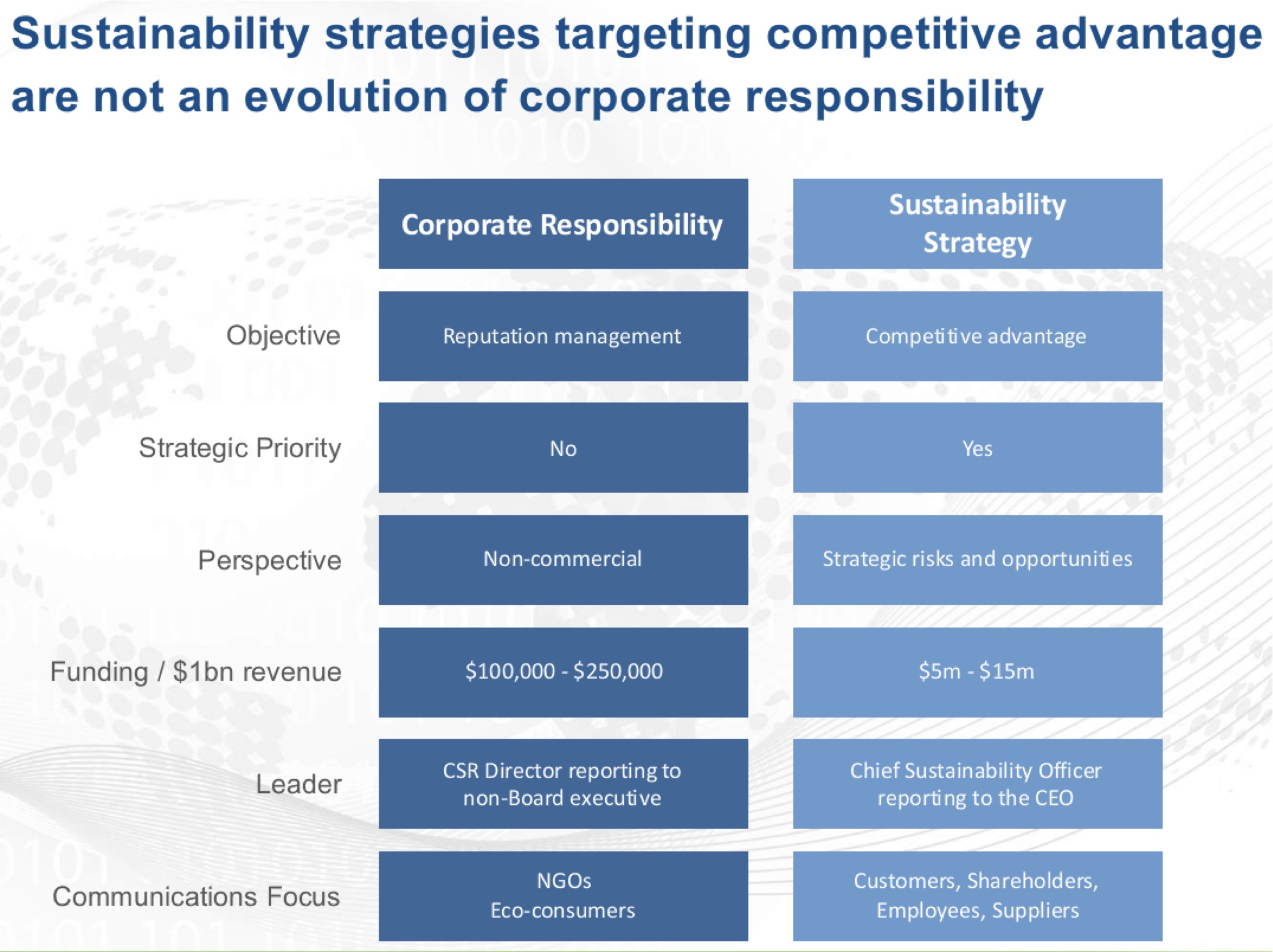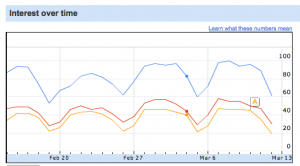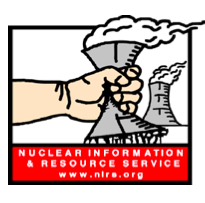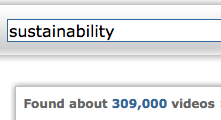Seth Godin’s blog post, How Media Changes Politics, got me thinking this morning about why sustainability is not part of the political discourse even around such critical issues as global warming, environmental degradation, and war.*
What Seth said: “Thus, as media moves from TV-driven to attention-driven, we’re going to see more outliers, more renegades and more angry people driving agendas and getting elected. I figure this will continue until other voices earn enough permission from the electorate to coordinate getting out the vote, communicating through private channels like email and creating tribes of people to spread the word. (And they need to learn not to waste this permission hassling their supporters for money.)”
Unfortunately, it’s not the outliers, renegades and angry folk of the progressive or populist movement that are being effective in (or investing in) this post TV attention-driven world. Their strategy, whatever it is, is not effective nor connecting – more “Can’t Hear You” than anything else.
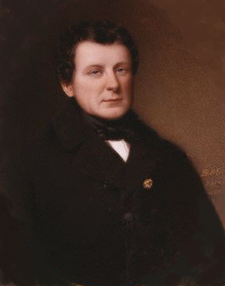
Daniel O'Connell, 1836 – by Bernard Mulrenin
It seems the primary marketing tactic for the progressives and populists are meetings, especially mass meetings. It’s all about headcount. This was also the primary tactic of Daniel O’Connell (1775-1847) who held a series of “Monster Meetings” in Ireland, so called because each was attended by around 100,000 people. Very effective back then and the beginnings of what continues as a primary political strategy.
So as meetings and events continue to be a major element in the marketing mix for the progressives what I fear is that the idea of “mix” may have been lost on them. Their strategy needs to be modernized and if my emails represent a trend then the “hassling for money” needs to be curtailed when a more private channel like email is used. Emails are mainly about money. MoveOn.com here in Portland, Oregon has become the event and party channel. This isn’t a bad thing as long as it isn’t the one big, monster thing in the marketing mix.
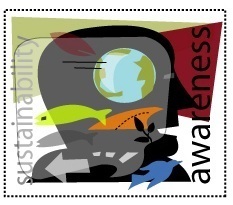
EarthSayers.tv Mission
The TRIBE
The sustainability movement, on the other hand, small but growing, is an integrating movement, rather than political. The meetings held around the movement are less about headcount and more about education and network building and, yes, decidedly more business, but not exclusively, as evidenced by regional Green Festivals and local events around health, environmental, and social equity issues. More tribe-like, less monster-like.
Integration
A strategy of integration, and for sustainability there is no choice given its breadth and depth, fits well with the Web’s video and interactive capabilities and also supports a distributive model of power, while supporting inter-connected, smaller networks. It’s not just a shift of platform but a change in what gains attention — a shift from an organizational focus — the “IT” with its programs, project, initiatives, and issues to the “WHO.”
The WHO
And when it comes to the WHO, lots of smaller lights rather than one or two big ones: a diverse, geographically dispersed leadership. This is the tack we support with EarthSayers.tv as we build the eyeball count while focused on delivering relevant and quality content of the unfiltered voices of sustainability. Over 600 voices (and growing) joining with the bigger spotlighted leaders such as Al Gore and Paul Hawkin. An integration strategy requires sustainability leaders to be more vocal and visible on the Web and at regional, local, and Web events. Being Web-adverse won’t cut it. It’s not business or politics as usual.
For Daniel O’Connell back then the alternative to politics was force.** And is force today. Sustainability advocates from all of the sectors of the world economy need to give voice to peace and prosperity and move this pairing to the top of the sustainability agenda. It will move the leaders of war up to the top of the unsustainables list along side polluters and slave traders. The sustainability movement offers an alternative to politics and force, but the voices on this haven’t risen to the top — yet. If there is to be one voice of the sustainability movement, and I think we need one in this phase of our growth, it needs to be peace and prosperity for all.
Eaches
This is an “eaches” thing – Each of us sustainability advocates must move Peace and Prosperity to the top of our personal and professional agendas. The “WHO” is you and me.
Notes:
*FYI According to a recent survey by Opinion Research Corporation and reported today by the Civil Society Institute “Independents are more than twice as likely as Tea Party supporters (62 percent versus 27 percent) to see global warming as a problem in need of a solution, compared to 39 percent of Republicans and 82 percent of Democrats.
The silence is deafening out there on the part of our political leaders, not only for global warming, but peace and prosperity.
** “The principle of my political life…is, that all ameliorations and improvements in political institutions can be obtained by persevering in a perfectly peaceable and legal course, and cannot be obtained by forcible means, or if they could be got by forcible means, such means create more evils than they cure, and leave the country worse than they found it.” Daniel O’Connell writing in The Nation newspaper, November 18, 1843.
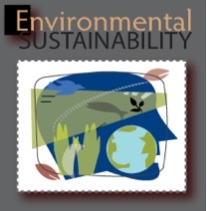 the point “sustainability is no longer just an effort to portray good corporate citizenship along side ‘normal’ business operations.” If in the short run the best way to have a C-level voice for sustainability is through the CFO, and we all agree that any initiative worth its salt needs C-level representation, then it is time for companies with a strong sustainability bent, and no C-level sustainability officer, to move their sustainability reporting out of the Corporate Social Responsibility Report and onto the main playing field. GHG emissions, materials, waster, water, land use and biodiversity are not externalities in terms of risk and costs. It’s the CFO who runs accounting and these sustainability measurements need to be on the books. John Fullerton of the Capital Institute talks about externalities in the content of an economic transformation and Larry O’Connor of LaTrobe University in Australia comes at the same issue from an accounting reform perspective.
the point “sustainability is no longer just an effort to portray good corporate citizenship along side ‘normal’ business operations.” If in the short run the best way to have a C-level voice for sustainability is through the CFO, and we all agree that any initiative worth its salt needs C-level representation, then it is time for companies with a strong sustainability bent, and no C-level sustainability officer, to move their sustainability reporting out of the Corporate Social Responsibility Report and onto the main playing field. GHG emissions, materials, waster, water, land use and biodiversity are not externalities in terms of risk and costs. It’s the CFO who runs accounting and these sustainability measurements need to be on the books. John Fullerton of the Capital Institute talks about externalities in the content of an economic transformation and Larry O’Connor of LaTrobe University in Australia comes at the same issue from an accounting reform perspective.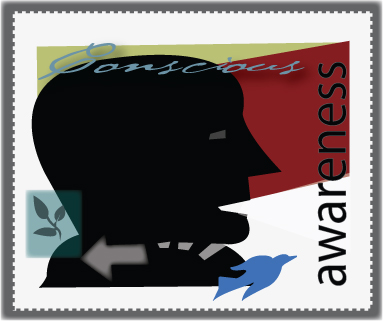 environmental sustainability. Fundamentally, raising consciousness levels and creating a sustainability culture has to be the work of all us, it just isn’t going to happen if we don’t transform the way we do business and without C-level representation it isn’t going to happen fast enough. One executive who speaks eloquently on culture and consciousness is Dominque Conseil, Global President of Aveda. Give him a listen, links are to his videos on EarthSayers.tv, voices of sustainability.
environmental sustainability. Fundamentally, raising consciousness levels and creating a sustainability culture has to be the work of all us, it just isn’t going to happen if we don’t transform the way we do business and without C-level representation it isn’t going to happen fast enough. One executive who speaks eloquently on culture and consciousness is Dominque Conseil, Global President of Aveda. Give him a listen, links are to his videos on EarthSayers.tv, voices of sustainability.
